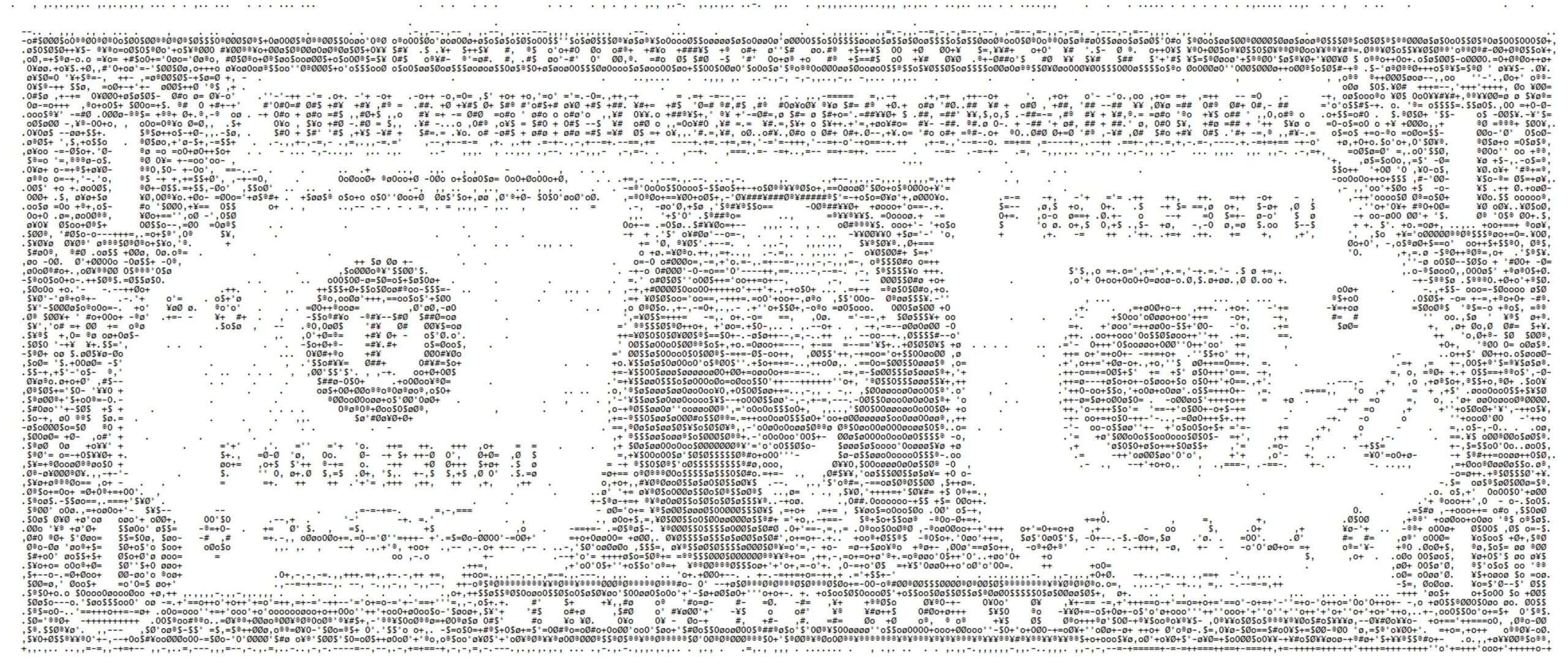2023 HSA Contribution Limits Released by IRS
The Internal Revenue Service (IRS) announced the annual inflation-adjusted limits for health savings accounts (HSAs) for calendar year 2023 in Revenue Procedure 2022-24. The new limits represent a higher percentage increase than in recent previous years.
An HSA is a tax-exempt savings account that employees can use to pay for qualified health expenses. To be eligible for an HSA, an employee:
- Must be covered by a qualified high deductible health plan (HDHP);
- Must not have any disqualifying health coverage (called “impermissible non-HDHP coverage”);
- Must not be enrolled in Medicare; and
- May not be claimed as a dependent on someone else’s tax return.
The limits vary based on whether an individual has self-only or family coverage under an HDHP. The limits are as follows:
| Item | 2022 | 2023 | Change |
| Maximum HSA Contribution | Self-only: $3,650 Family: $7,300 Catch-up: $1,000 (age 55 or older) | Self-only: $3,850 Family $7,750 Catch-up: $1,000 (age 55 or older) | Self-only: +$200 Family: +$450 Catch-up: No change |
| Minimum Annual HDHP Deductible | Self-only: $1,400 Family: $2,800 | Self-only: $1,500 Family $3,000 | Self-only: +$100 Family: +$200 |
| Maximum HDHP Out of Pocket | Self-only: $7,050 Family: $14,100 | Self-only: $7,500 Family $15,000 | Self-only: +$450 Family: +$900 |
If the HDHP is a non-grandfathered plan, a limit of $9,100 for self-only coverage or $18,200 for family coverage will apply for Affordable Care Act (ACA) essential health benefits. These limits were announced at the end of 2021 and represent an increase of $400 and $800 respectively, over 2022 limits.
Excepted Benefits HRA Limits
Revenue Procedure 2022-24 also announced the maximum amount employers can contribute to an excepted benefit health reimbursement arrangement (HRA). These plans are designed to cover things like dental, vision, or other benefits expenses exempt from the ACA and not covered by the employer’s primary group medical plan. The 2023 limit is $1,950, increased from the 2022 limit of $1,800.
Practical Reminders:
- Any employer contributions to an HSA must be within the maximums above, when combined with employee contributions.
- Spouses with family coverage must “share” the maximum limit of $7,750. If each spouse has self-only coverage, they may contribute up to $3,850 in their own separate accounts.
- For married spouses, if they are both over age 55 and eligible for the catch-up contribution, they must each deposit the up to $1,000 in their individual HSA. If only one spouse is age 55 or older, the catch-up contribution must be deposited into the HSA account in their name.


